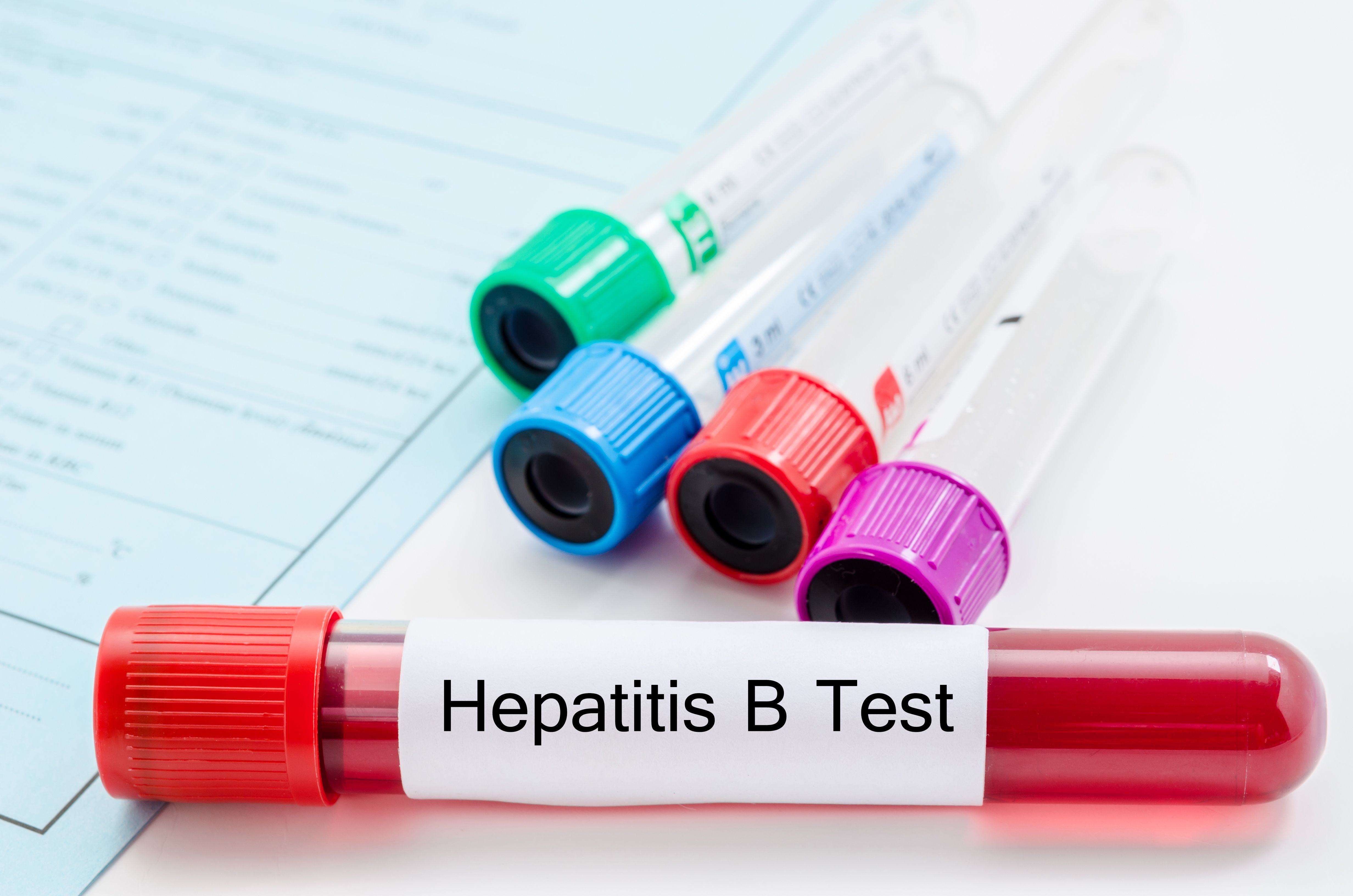Article
Novel Assay Could Better Track HIV Infections
Author(s):
HIV test can distinguish the prevalence of antibodies corresponding with a new or established infection.
Researchers recently created a new tool that may be able to accurately differentiate new cases of HIV from long-term infections.
The strategy focuses on analyzing patient samples for antibodies that differ based on the length of infection, according to a new study published by JCI Insight.
This new tool may be more accurate compared with existing methods and also requires fewer samples. These features may save governments both time and money when tracking HIV incidence, according to the authors.
The authors noted that the tool is contingent on the idea that the immune system continuously adapts to HIV once infected.
“HIV mutates in the body. There is a cat-and-mouse game where the immune system is now evolving to try to catch up with the virus and at the same time [the immune system] is maturing,” said senior author Georgia Tomaras, PhD.
When first infected, the immune system is able to determine the different components of the virus. This complexity is reflected in the antibodies produced, which eventually adapt over time to better respond to HIV. This adaptation leads to a stronger interaction between the antibody and the HIV antigen, according to the study.
Since HIV can mutate, the authors noted that antibodies may become less prevalent later in the infection.
The researchers examined samples from newly-infected HIV-positive patients and those with established infections to determine the proportions of antibodies. This variation allowed a better comparison between antibody profiles.
“[The samples] are from HIV-infected individuals from all over the world. People who are either recently infected or have been infected for a long time—what we call chronically infected," Dr Tomaras said. “Additionally, we looked at samples from people who are on antiretroviral therapy as well as those who are not.”
The technology used in the study involved a bead that binds with HIV-specific antigens. This method allowed investigators to search for various antibodies simultaneously, according to the study.
First, the researchers pinpointed a varying number of antibodies between the patients, which were then put into a statistical model.
Based on the number of 4 biomarkers, the assay was able to accurately determine time-since infection, according to the study. The authors said they may add more biomarkers to the test in the future.
This tool may be able to track areas in which HIV infections are common or determine the efficacy of experimental HIV vaccines, according to the study.
“This tool enables us to keep pace with the current epidemic," Dr Tomaras said. "The field has changed and antiretroviral therapy is now used for HIV prevention as well as for treatment of HIV infected people.
Since the tool can separate HIV antibodies from circulating antiretroviral therapy, the test can also more accurately determine whether someone has the treatment in their system, according to the authors.
“Our tool is more accurate at identifying recent versus long-standing infections in people taking ART,” said lead author Kelly Seaton, PhD. “And will enable identification of the best prevention methods against HIV in different populations.”






